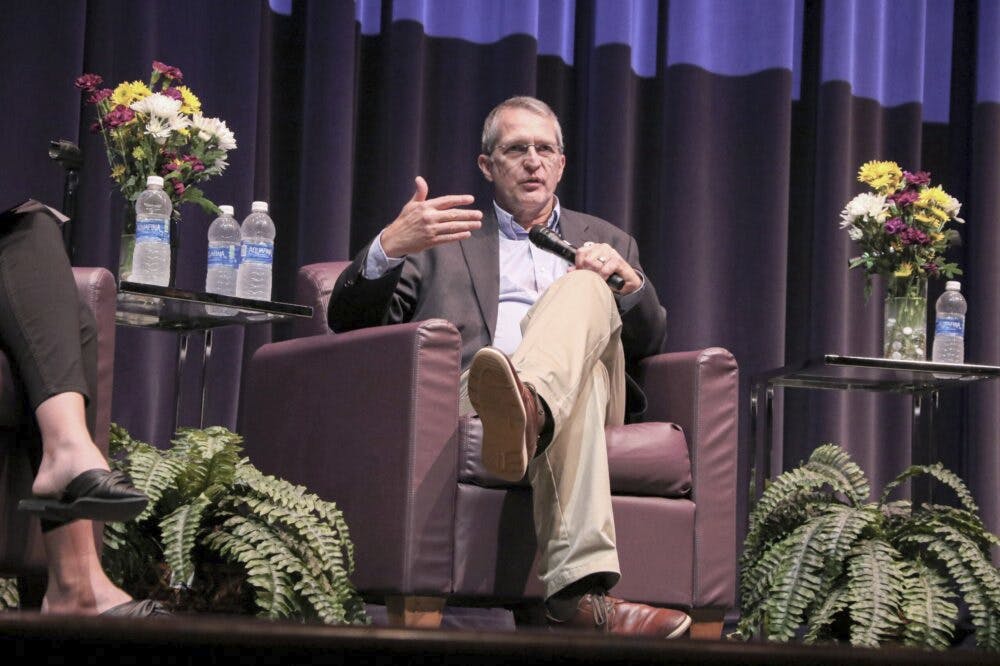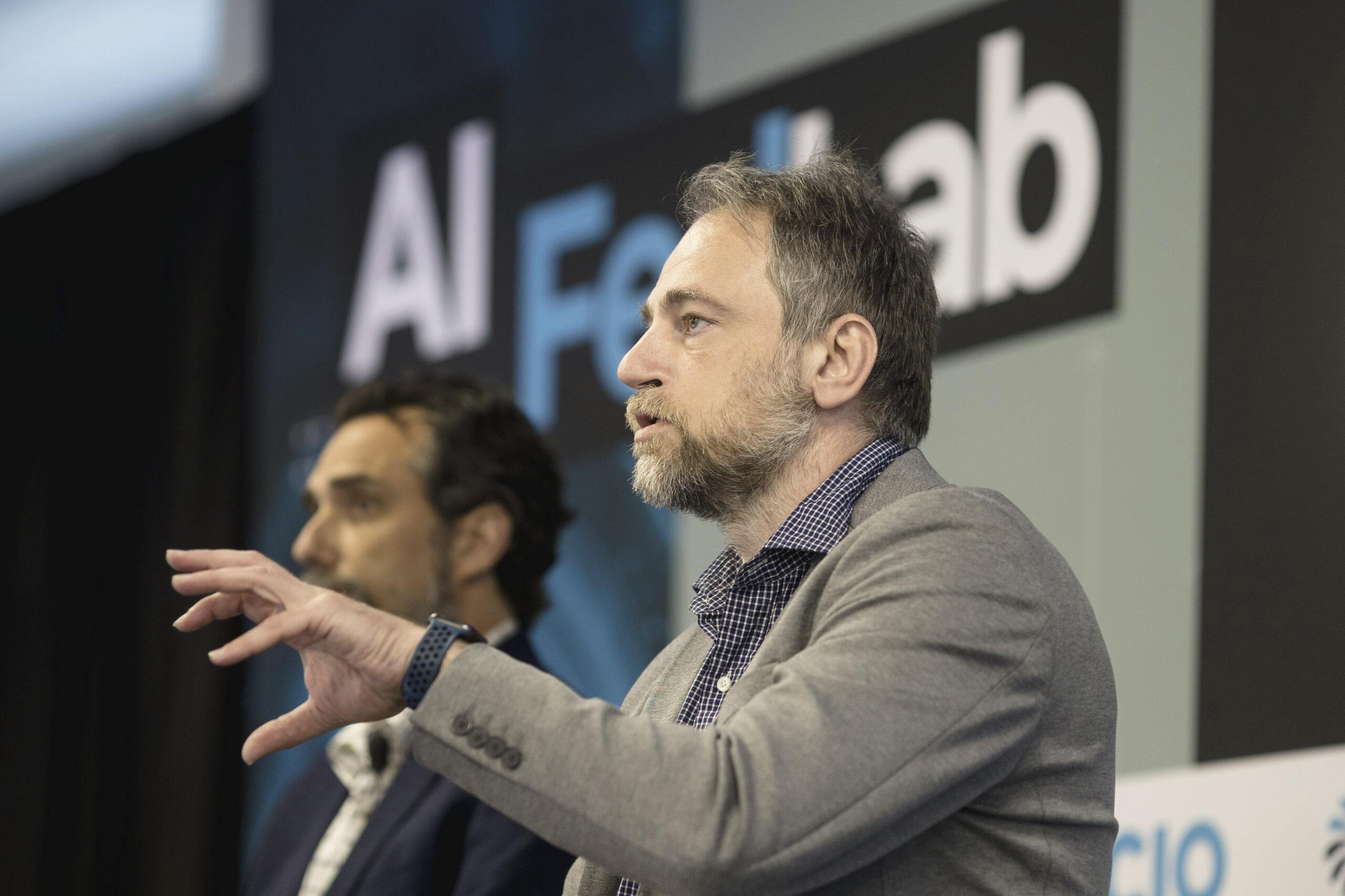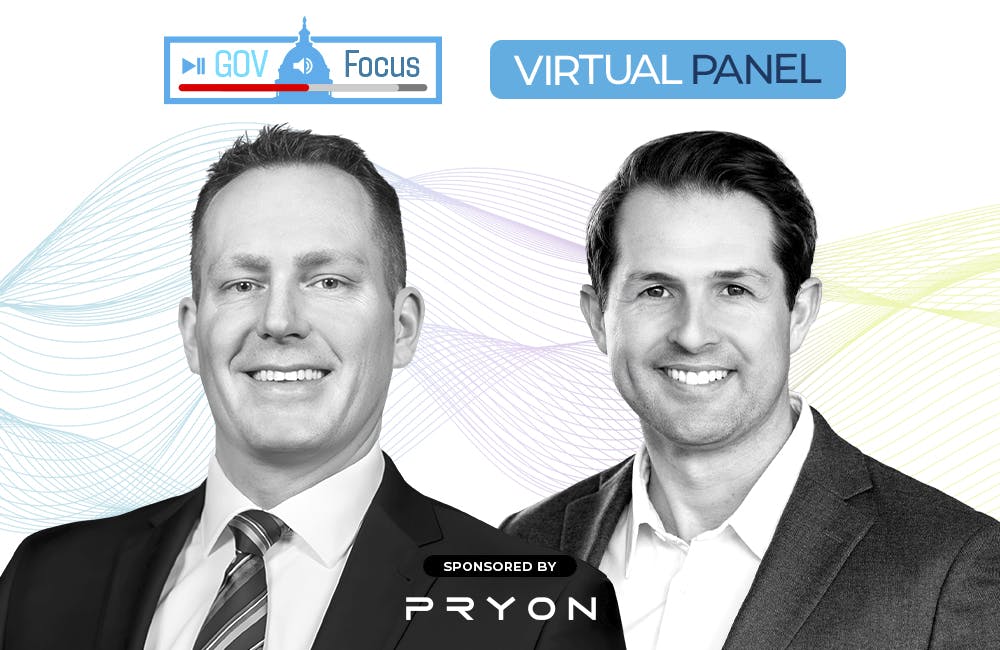Software as a Service Reduces Cost of Modernization
SaaS solutions have demonstrated widespread potential for reducing both the financial resources and human capital necessary to streamline the IT systems of federal agencies.

The use of Software as a Service (SaaS) capacities have shown considerable potential for widely reducing the costs of modernizing federal agencies, particularly in terms of alleviating the operating costs and scope of human capital required to update their IT systems.
Among larger federal agencies, the Department of Veterans Affairs has already implemented SaaS within its efforts to standardize operating procedures across the agency and assist with broader cloud computing transformation. This has allowed VA to roll out software updates to existing employees more quickly while technically onboarding new employees more easily as well.
“We switched to Microsoft 365 to get all of our email onto the platforms that most of our employees are using. Then we expanded out to Word and Excel so we could benefit from the fast releases and leverage OneDrive in those products,” said Drew Myklegard, executive director of demand management at VA, in a GovFocus interview.
Myklegard also noted this has synced with the VA’s switch to a public cloud platform, one that has expedited the delivery of software and technical updates across the agency as a whole.
“We also have switched to mostly cloud-provided CRM and ERP just for the ability to add tens of thousands of employees who are able to get those expected software releases,” Myklegard said.
Agencies looking to leverage SaaS should analyze its direct benefits for their specific modernization programs and map out how to incorporate these in advance.
“I would encourage agencies to go back and look at what their real drivers are. One of the values that we’ve seen among our own customers has been around looking at what you already have in your existing capabilities, and looking at those demands to identify what are the best candidates [for SaaS] in particular. We have a lot of customers that are looking to move away from on-prem and get out of all the software maintenance, get out of the patching, and get out of that technological debt. So they’re doing the imagery to better understand how they’d get value out of it and how it’s aligned to their mission,” said Chris Borneman, CTO of Software AG Government Solutions.
Myklegard noted that SaaS has particular value for large agencies with an expansive workforce and scope of mission responsibilities, with SaaS allowing departments to more easily manage large quantities of data and internal communications even amidst software updates and broader IT transformation.
“We have 130,000 major medical facilities and 2,500 minor facilities, as well as all of our cemeteries and regional benefits offices. So when we consolidated our facilities API, we consolidate about 40 or 50 major databases in the backend. Technically that kind of transition isn’t hard, but the governance behind it was extremely challenging. You’ve got to make sure that the service is up and you’re able to make quick changes,” Myklegard said.
Borneman outlined that this reduces operational costs, allowing agencies to install software updates and implement new capacities in ways that are less taxing to both their budgets and ability to continuously operate.
“You’re seeing a reduction in cost because you’re not maintaining all the staff to go through and do the upgrades and do the continuous training. You’re seeing a great reduction in technology debt. If you find a bug, you’re able to fix it very quickly, whereas in a traditional model those are very large costs,” Borneman said.
Myklegard explained these benefits have already provided considerable returns for VA, an agency undergoing a substantial scope of IT modernization technical leadership has needed to reconcile with the VA’s demanding scope of responsibilities — including the delivery of health care amidst a pandemic.
“Anytime a system goes down, it costs us money. When our electronic health record system is down, it’s about $1 million a minute. We all intrinsically know that if the system goes down and our people can’t work, that’s going to be expensive. A couple years ago, almost weekly we would have high priority incidents where our systems were down and you’d push code, and it took you a long time to recover. It was really tough to manage. You’re spending half your day trying to solve the problem and the other half trying to communicate to your customers what’s gone down. SaaS has just radically reduced that,” Myklegard said.
This is a carousel with manually rotating slides. Use Next and Previous buttons to navigate or jump to a slide with the slide dots
-

Trump Taps Maj. Gen. John Bartrum to Lead VHA
Nominated for VA's top health role, Bartrum brings over four decades of military and public service to the agency.
3m read -

DOE Accelerates AI Research to Defend Critical Infrastructure
The Energy Department and its national labs are increasing partnerships to advance AI research, scale new tools and boost national security.
3m read -

AI Revolutionizes Defense Decision-Making
AI enhances access to vital information for defense leaders, empowering faster, more informed decision-making on and off the battlefield.
29m watch -

Opinion: AI Is Reshaping Government, Can Contractors Keep Up?
To compete in the new AI-driven public sector, contractors must demonstrate the one thing machines can’t deliver: human originality.
4m read








